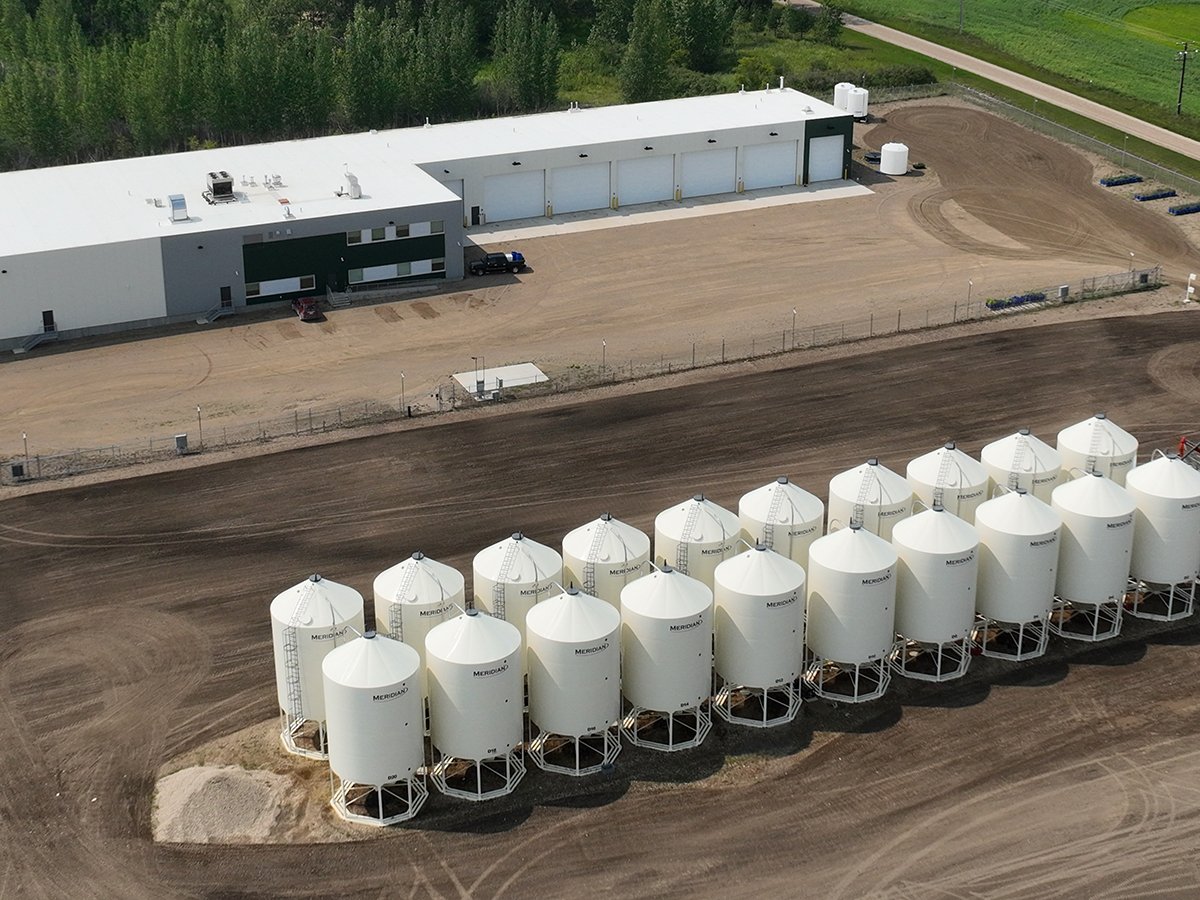Saskatchewan has a lot of potential, but people – particularly farmers – need to change their attitudes, says the executive director of the Saskatchewan Agrivision Corporation.
Al Scholtz, from the non-profit organization encouraging Saskatchewan agribusiness growth, said there is a need for more positive farmer attitudes, political leadership and quick action.
Scholtz spoke at an event sponsored by the Saskatchewan Farm Writer’s Association and Saskatchewan chapter of the Canadian Agri-Marketing Association in Saskatoon last week. He is the author of Don’t Turn Out the Lights: Entrepreneurship in Rural Saskatchewan.
Read Also

Saskatchewan firm aims to fix soil with compost pellets
In his business, Humaterra, Leon Pratchler is helping farmers maximize yields in the weakest areas of their fields through the use of a compost pellet.
Scholtz said farmers and rural business leaders need to work with other businesses and government to lead the drive toward rapid development of the value-added sector.
One of the biggest stumbling blocks is attitude in the province.
“We talk poorly about ourselves.”
If the bankers and businesses in Ontario hear that Saskatchewan is a basket case, they will continue to bypass the province, Scholtz said.
One of the biggest advantages Saskatchewan has is 47 percent of the cultivated land in Canada. Yet its farmgate receipts are far lower than every other province and state in North America because Saskatchewan farmers concentrate on growing grains, oilseeds and now pulse crops, rather than raising livestock or seeking non-food opportunities.
“Half of Alberta farmers don’t have a Canadian Wheat Board permit book. In Saskatchewan, virtually every farmer has a permit book.”
Scholtz said farmers keep waiting for wheat prices to rise. He said people should accept that the loss of the Crow Benefit has led to changes, and they must change.
Canada’s food industry is worth $100 billion, yet Saskatchewan’s share is two percent, or about $2 billion. Alberta’s share is eight percent.
When it comes to exports, Saskatchewan is behind because of the lack of investment in the food sector. Scholtz estimated that by 2020, half of Saskatchewan’s agricultural products will be non-food, and could include neutraceuticals, fibre products and even biodiesel fuel.
He highlighted success stories in the province, including ethanol plants, seed plants, meat shops and huge hog barns. He profiled what whole communities could do if they wanted.
For example, Manitou Beach was a small community that was dying. It built a spa, a golf course and renovated its dance hall. Thanks to the tourism attracted to the community, 100 jobs have been created since 1984, and the payroll is $2.8 million.
Another example is the Wilkie/Unity area that reversed a 50-year slide in its rural economy and population by bringing in a half dozen ventures.
He stressed that what some people consider barriers – isolation, high taxes, or too small of a domestic market – can all be overcome.
When he studied what made businesses, communities and individuals successful, he discovered there were some common factors.
They network, develop strategies, find partners and form corporate alliances; they connect directly with the marketplace; they have a willingness to change and adapt; they think big; they’re not afraid to try new things; and they accept risk and failure.














